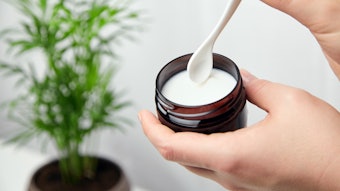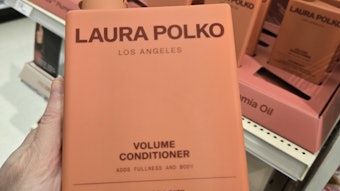
Dry shampoos have existed for years, either in powder or aerosol form. They remove excess sebum quickly from hair without the need to wet it. According to a new L'Oréal patent application, such products work by absorbing sebum through powders chosen for their sebum-absorbing qualities.
The powders used may be of mineral, organic or synthetic origin; from wheat, potato, rice, corn or other starch derivatives. However, the styling properties of dry shampoos, e.g., imparting volume and lifting the roots, are usually limited. Such powders also are not easily eliminated from the scalp, which can cause discomfort, irritation and odor.
Furthermore, according to these inventors, the stability of shampoos containing powders is difficult to achieve. There is thus a need to develop dry shampoos that offer optimum cleansing activity and give the hair volume while remaining stable. This patent proposes zinc salt as the answer.
Patent application accessed on Nov. 21, 2017.
Composition comprising styling powder, sebum-absorbing powder and a zinc salt
U.S. Patent Application 20170319448
Publication date: Nov. 9, 2017
Assignee: L'Oréal
Specifically disclosed in this patent is a composition including: a) one or more sebum-absorbing powders with a sebum uptake > 35 mL/100 g, and/or one or more styling powders; b) one or more zinc salts other than the sebum-absorbing powder with a sebum uptake > 35 mL/100 g, and/or other than the styling powders; and c) optionally, a propellant.
The inventors report that this combination makes it possible to offer the cleansing properties expected of a dry shampoo but also styling properties such as volume and body. The compositions also provide a soothing and/or deodorizing effect to the scalp while maintaining stability.
Furthermore, this composition leaves less white residue in hair than other products and is well-tolerated by the scalp. The starches upon which this formula is based may include maize (corn), potato, tapioca, rice, wheat and/or cassava.










